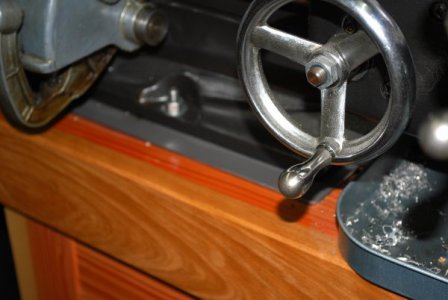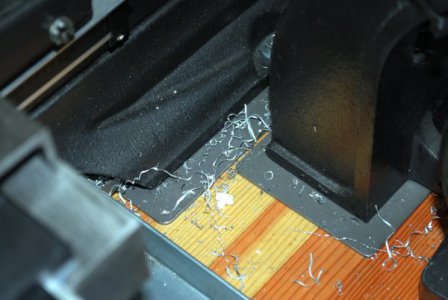- Joined
- Feb 13, 2018
- Messages
- 179
I've just been given a mostly complete QC54 which was damaged during removal. The bent tailstock screw has been straightened. The motor mount bracket has been removed for welding.
In reading through the most excellent MOLO, page 2, fig 2A, illustrates a floor cabinet with underneath drive. Throughout the remainder of the manual, I can find no other information as to the underneath drive.
Since there was no bench with the lathe, I'll have to build something. What are the pros/cons to an underneath drive? How complicated is it to convert from rear drive (broken mount anyway)?
jack vines
In reading through the most excellent MOLO, page 2, fig 2A, illustrates a floor cabinet with underneath drive. Throughout the remainder of the manual, I can find no other information as to the underneath drive.
Since there was no bench with the lathe, I'll have to build something. What are the pros/cons to an underneath drive? How complicated is it to convert from rear drive (broken mount anyway)?
jack vines


